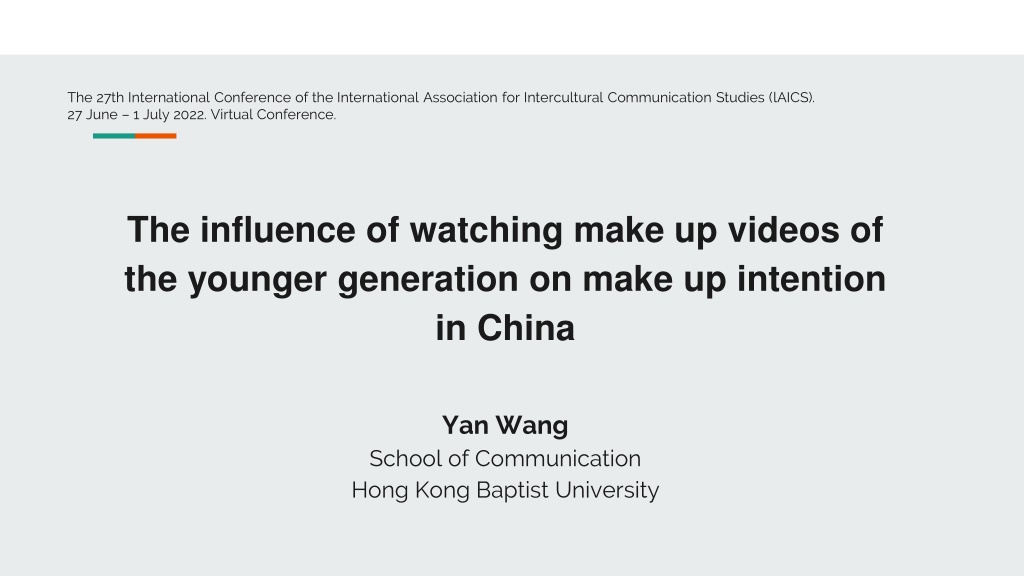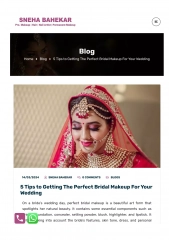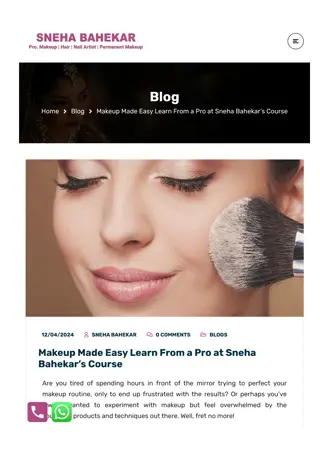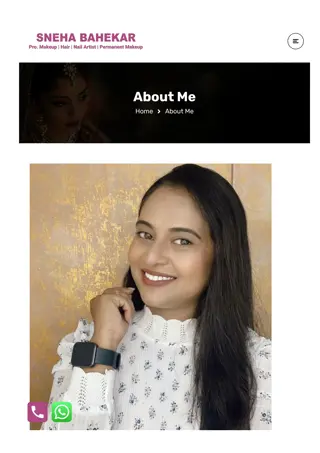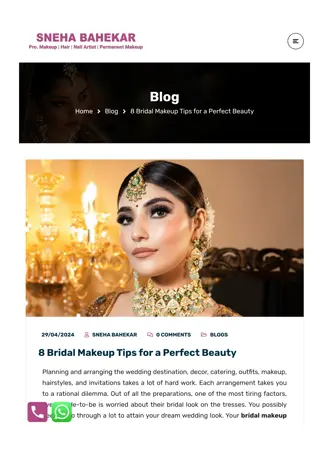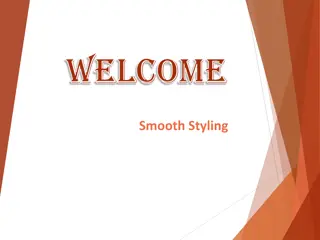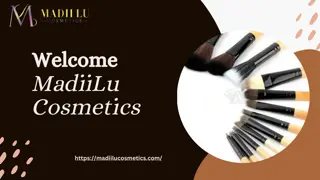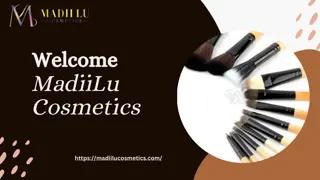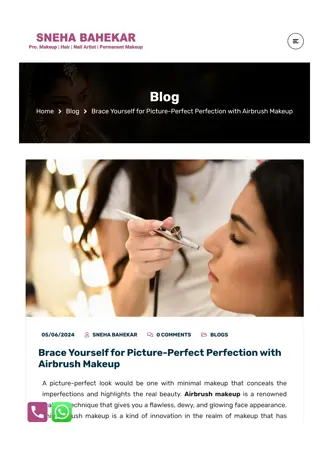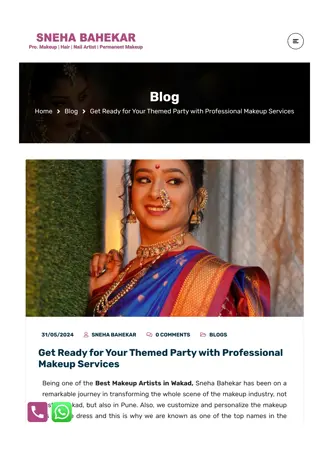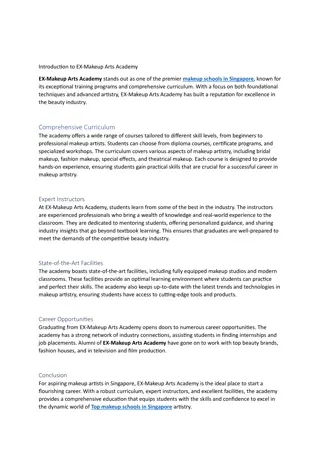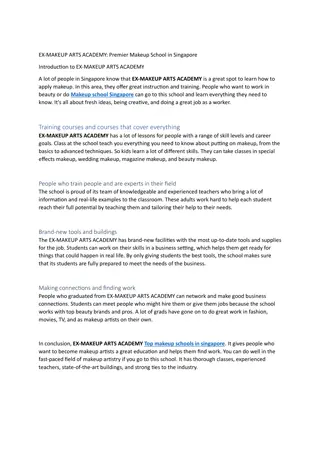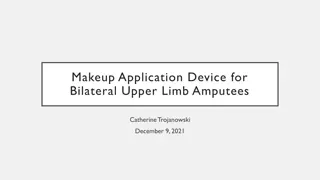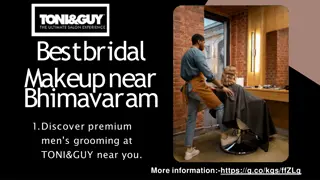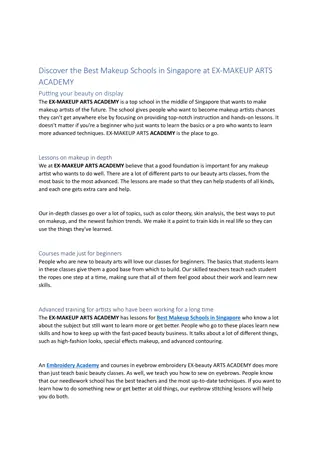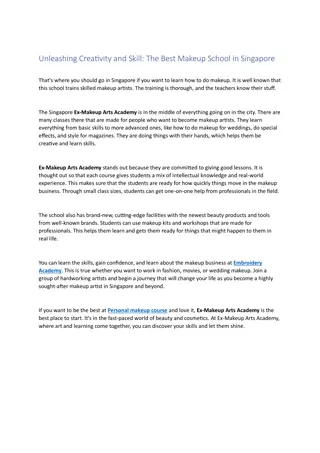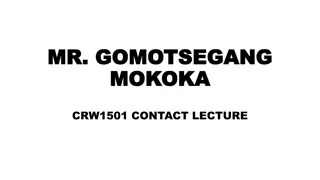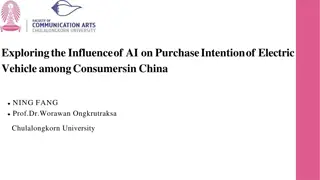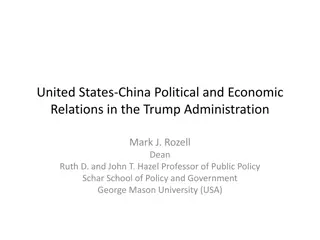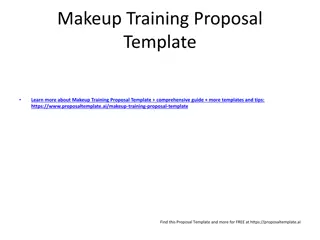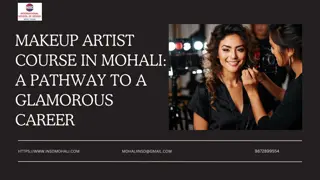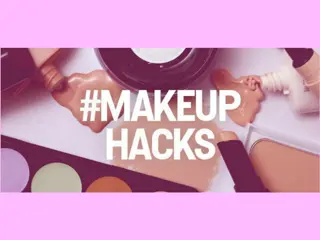Influence of Watching Makeup Videos on Behavior Intention in China
The research explores the impact of younger generations watching makeup videos on their makeup intention in China, focusing on the gap between social media consumption and behavior intention. It delves into the role of online influencers, media usage in makeup trends, and the concept of active audience theory. The study also examines parasocial relationships with online influencers compared to traditional celebrities.
Download Presentation

Please find below an Image/Link to download the presentation.
The content on the website is provided AS IS for your information and personal use only. It may not be sold, licensed, or shared on other websites without obtaining consent from the author. Download presentation by click this link. If you encounter any issues during the download, it is possible that the publisher has removed the file from their server.
E N D
Presentation Transcript
The 27th International Conference of the International Association for Intercultural Communication Studies (lAICS). 27 June 1 July 2022. Virtual Conference. The influence of watching make up videos of the younger generation on make up intention in China Yan Wang School of Communication Hong Kong Baptist University
Introduction Can social media still dominate their behaviour intention? The gap between social media consumption and the intention of positive behaviour that often occurs and shed light on which factors influence the choice of behaviour.
Online influencer In China, some scholars perceive online influencers as a new type of celebrity (Chen et al., 2021; Fan, 2021; Hung, 2020). create valuable user-generated content earn their reputation in their specific field gain a large number of followers in online social network present in all sectors: fitness, beauty, food, high technology and others
Media usage and makeup Makeup is one of the hot topics covered by social media users. They appear to their audience as the media character that could be identified with and viewed as an example to follow (Sokolova & Perez, 2021).
Media usage and makeup The Red is a typical representative of this application that showcases makeup. Many online influencers show their makeup tutorial (tell viewers the brands, shades and sizes of the makeup products they use), motivational speeches and videos featuring past and present experiences on Red.
Active Audience Theory According to the active audience theory, the audience actively chose the information to process, based on their ideas and beliefs (Seaman, 1992). Audiences who selectively expose themselves to videos that advocate makeup may have the intention to engage in similar behavior. H1. Audience s intentions to watch makeup videos Intention to make up
Para-social relationships and online influencers celebrities fans online influencers followers online influencers > traditional celebrities Similarly, audience can subscribe to online influencers channels on Red to follow them regularly to create such a relationship on Red. H2. The level of para-social relationship intention to watch makeup videos and the intention to make up the connection between the
Credibility Credibility could be defined as the reliability of the source and reflects the quality of the information. Social media users prefer to choose credible sources (Johnson & Kaye, 2013). Chen et al. (2021) found that the expertise online influencers indirectly affects the consumers impulse purchase behaviors of advertised products. It can be supposed that credible online influencers would be seen as valuable sources of information related to makeup. H3. The credibility of the makeup influencer the level of para-social relationships
Method All measures used in this study were adapted from the literature. All items were assessed on a 5-point Likert scale. Participants were asked to record the number of times they watched a make- up video posted by their favourite online influencer in a week. The survey was conducted with Chinese people who watched make-up videos on Red. Filter questions helped us to determine if participants watched makeup videos on Red.
Method We obtained a total of 204 participants, of which eight were removed from the analysis by the filter questions. The percentage of females is 79% (154), and male is 21% (42). More than half of the participants claimed that they do at least some make-up behaviour (121), while the others answered this question negatively. We asked participants to recall their favourite makeup online influencers. As a result, Pony was identified as the most recalled online influencer (63 respondents), followed by Make-up artist Apple (47 respondents), Doudou_Babe (23 respondents) and Cheng Shian (15 respondents).
Conclusion Our work sheds light on the impact of online influencers on their followers, but also this work has its limitations. First, the data is self-reported and focuses on a younger audience of online make-up influencers on Red. An essential next step for this line of research is to expand the scope of the study to other video platforms and other age groups. Besides, qualitative research may help uncover the motivational factors that drive viewers compared to traditional media viewers. Finally, a more understanding of how observed behaviour is processed will facilitate this line of research.
